Retro Replay Review
Gameplay
Steam delivers a fast-paced arcade experience built around a familiar color-matching mechanic, yet it spices things up with a dynamic steampunk locomotive and a cast of creative obstacles. Players guide Tisha’s train along looping tracks, using the mouse to aim a mounted cannon that shoots colored balls toward dispensers—mole mounds in early stages—that continuously feed spheres into the central playfield. Aligning three or more like-colored balls triggers satisfying pops, clearing space and inching you closer to victory.
(HEY YOU!! We hope you enjoy! We try not to run ads. So basically, this is a very expensive hobby running this site. Please consider joining us for updates, forums, and more. Network w/ us to make some cash or friends while retro gaming, and you can win some free retro games for posting. Okay, carry on 👍)
What sets Steam apart from other match-three variants is its layered strategic depth. Beyond the standard colored orbs, special balls bearing symbols can drastically alter the flow of play: nuke balls clear clusters in a dramatic explosion, haste balls boost your train’s speed for those high-pressure moments, and time balls freeze the dispensers, granting you precious breathing room. Mastering each power-up and deploying them at the right moment is crucial, as an errant floating time bomb can appear once spheres accumulate too heavily—its detonation ends your run in an instant.
The incorporation of additional weapons and hazards further elevates the core loop. You’re not just matching balls—you’re also dodging gates, navigating pinball-style bumpers, and fending off enemies that lob bombs to halt your progress. You can switch between the ball-shooting cannon, a homing-bee launcher, a destructive laser beam, and even a kamikaze dive attack for crunch-time clearances. These tools, selected with the mouse wheel or number keys, keep every level fresh and force you to adapt your tactics on the fly.
Graphics
Visually, Steam embraces a rich steampunk aesthetic that oozes personality. The locomotive, crafted from brass pipes and puffing gentle wisps of steam, feels alive as it chugs around each looping track. Backgrounds range from subterranean mole tunnels to cavernous factory chambers, each decorated with cog-driven machinery and atmospheric lighting that highlights the Victorian-era inspiration.
The ball dispensers and special orbs are brightly colored and distinct, ensuring that even in the heat of frantic play you can quickly identify your next match or coveted power-up. Animations—such as the satisfying burst when three or more balls vanish or the whiplash recoil of the cannon—are smooth and responsive, enhancing tactile feedback with every shot.
Enemy designs strike a fine balance between whimsical and challenging. Mole mounds pop open with cartoonish jowls, spring-loaded contraptions snap into place with satisfying clangs, and the factory whistle gauge at the screen’s side pulses with energy as matches accumulate. Altogether, Steam’s visuals are both functional—making gameplay readability crystal clear—and stylish, building an immersive world that you’ll be eager to explore level after level.
Story
At its core, Steam’s narrative is simple yet charming: you play as Tisha, a plucky young engineer on a mission to power up her locomotive by matching steam-filled orbs and activating an old factory’s long-dormant whistle. While there’s no sprawling epic tale here, the game sprinkles in bits of personality and world-building through level intros, ambient audio logs, and tongue-in-cheek enemy monologues.
Each stage feels like another chapter in Tisha’s adventure. As you clear spherical mazes of steam and gears, you learn more about the factory’s history and the mischievous creatures that inhabit its corridors. Enemies occasionally taunt you with speech bubbles, and environmental details—like rusted signage and half-overturned crates—imply a deeper backstory waiting to be uncovered.
Though the plot never sacrifices playability for cutscenes, it delivers enough narrative breadcrumbs to keep you invested in Tisha’s quest. With every boosted whistle gauge and sabotaged bomb dispenser, you gain a small but satisfying sense of progression. By the time you reach the later levels, the combination of narrative touches and gameplay milestones makes each victory feel like a genuine accomplishment.
Overall Experience
Steam strikes a rare balance between the addictive simplicity of match-three puzzles and the relentless urgency of arcade shooters. The variety of power-ups, weapons, and environmental hazards ensures that no two levels play the same, while the steady ramp in difficulty keeps both newcomers and genre veterans engaged. Whether you’re hunting high scores or simply enjoying a brisk puzzle session, there’s plenty of reward in mastering each element.
The controls feel tight and responsive. Steering the train with the keyboard and aiming the cannon with the mouse becomes second nature after a few rounds, and switching between weapons is intuitive. Even under the most intense pressure—when the screen is filling with orbs and bombs are ticking down—you’ll find yourself instinctively pulling the right trigger or unleashing a well-timed nuke ball.
Ultimately, Steam offers hours of replayability wrapped in an endearing steampunk package. Its blend of arcade thrills, strategic matching, and characterful presentation makes for a game that’s easy to pick up but difficult to put down. For fans of puzzle-action hybrids looking for something with a bit more narrative flair and mechanical depth, Steam is a delightful journey worth embarking on.
 Retro Replay Retro Replay gaming reviews, news, emulation, geek stuff and more!
Retro Replay Retro Replay gaming reviews, news, emulation, geek stuff and more!
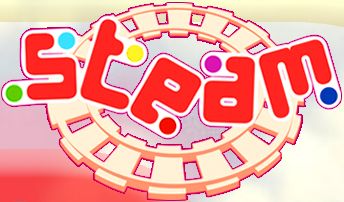
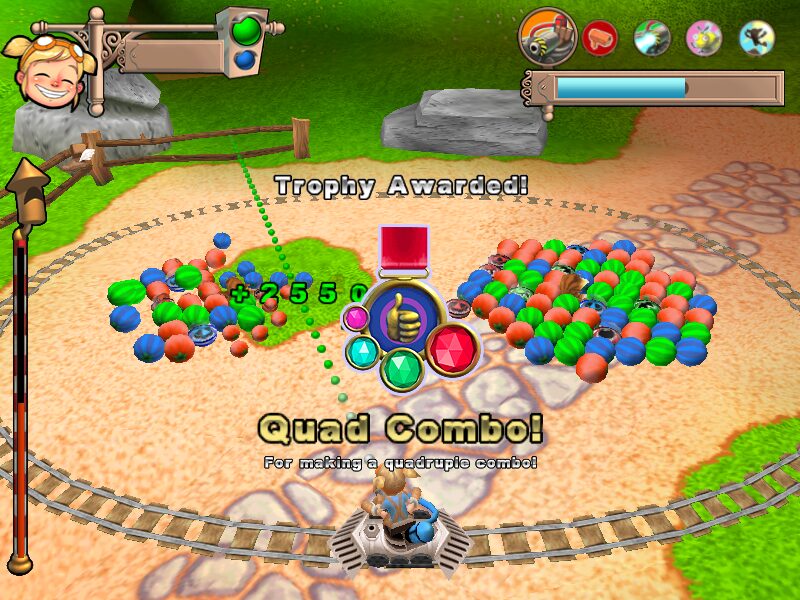
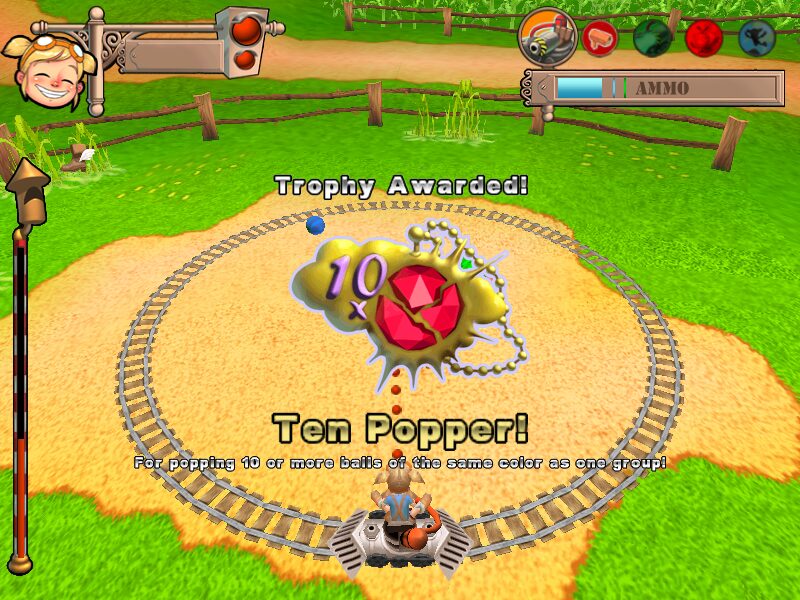
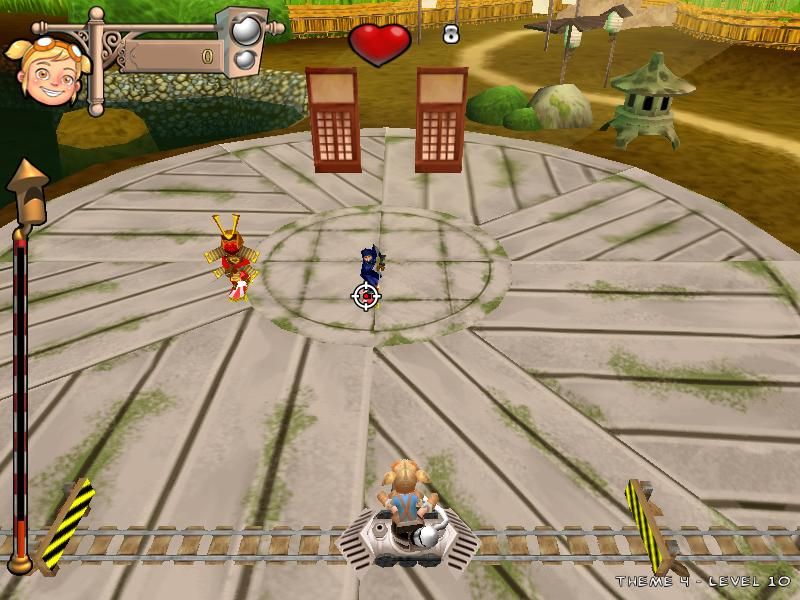
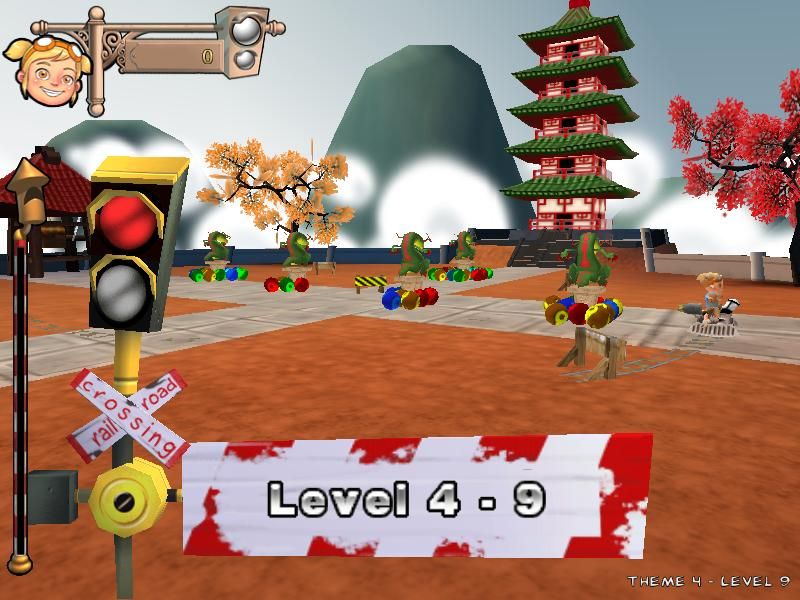
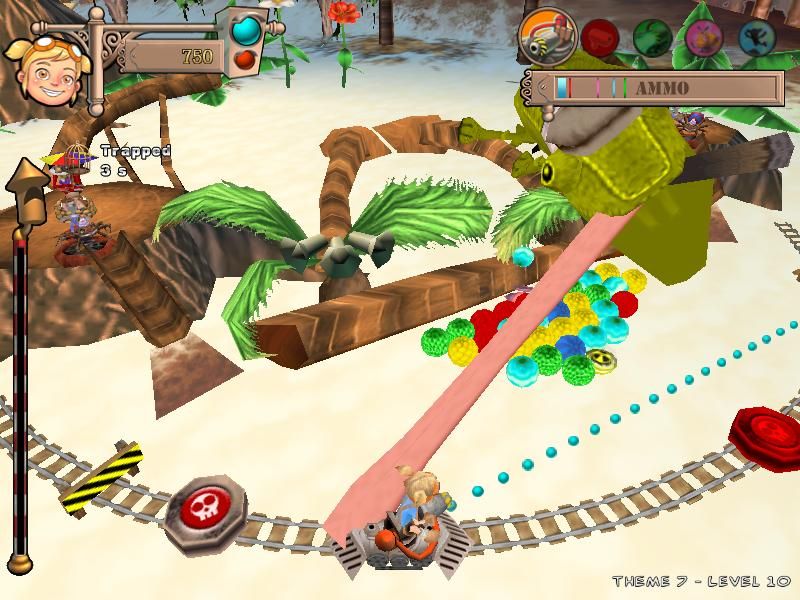



Reviews
There are no reviews yet.